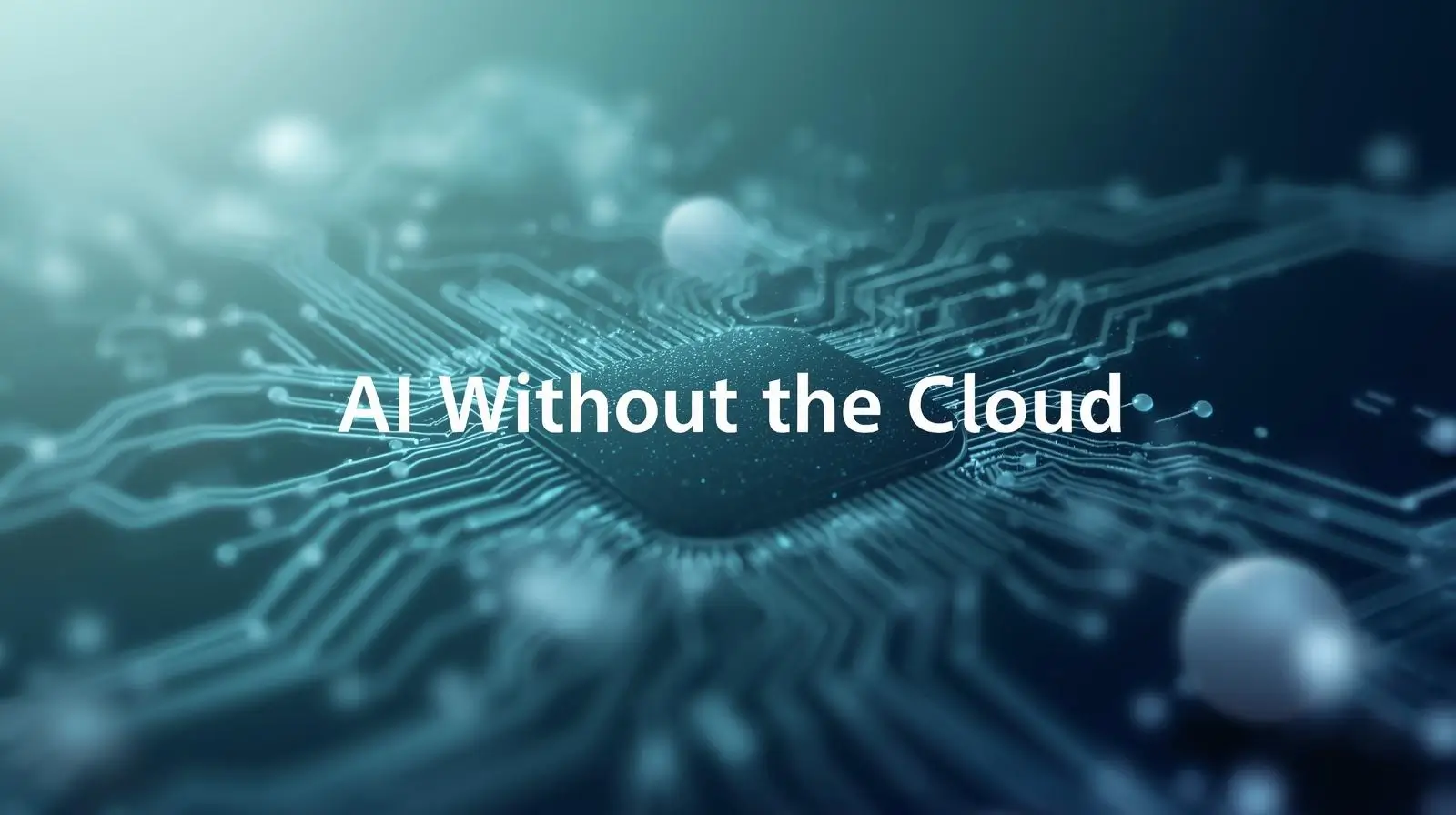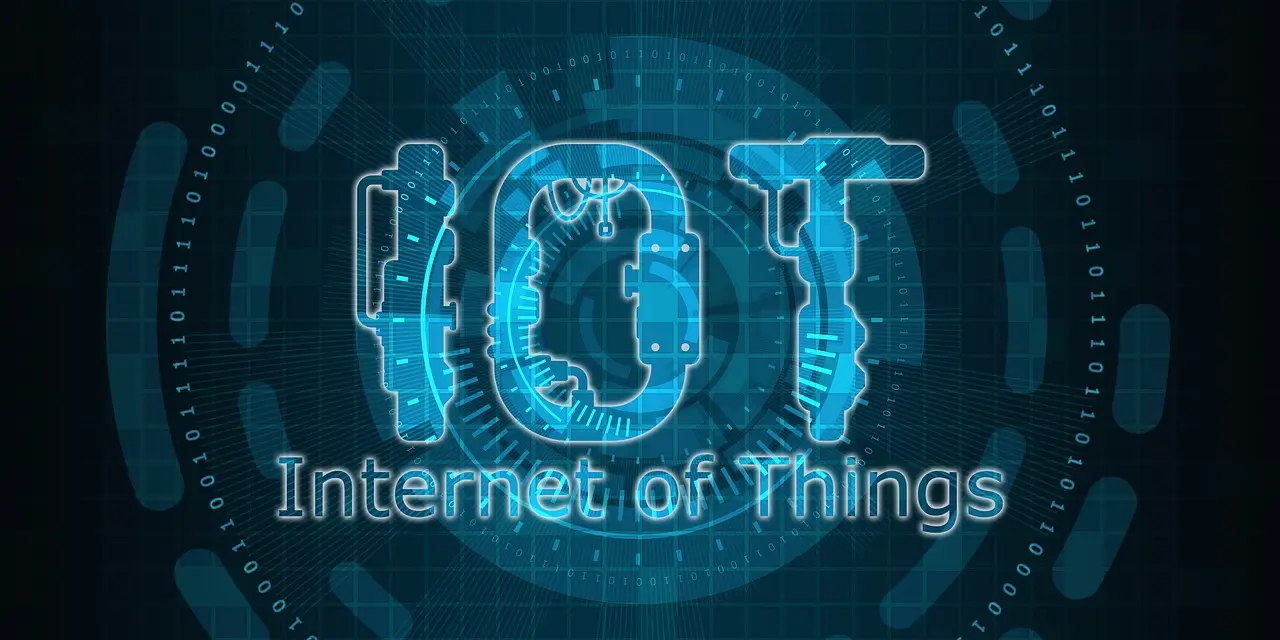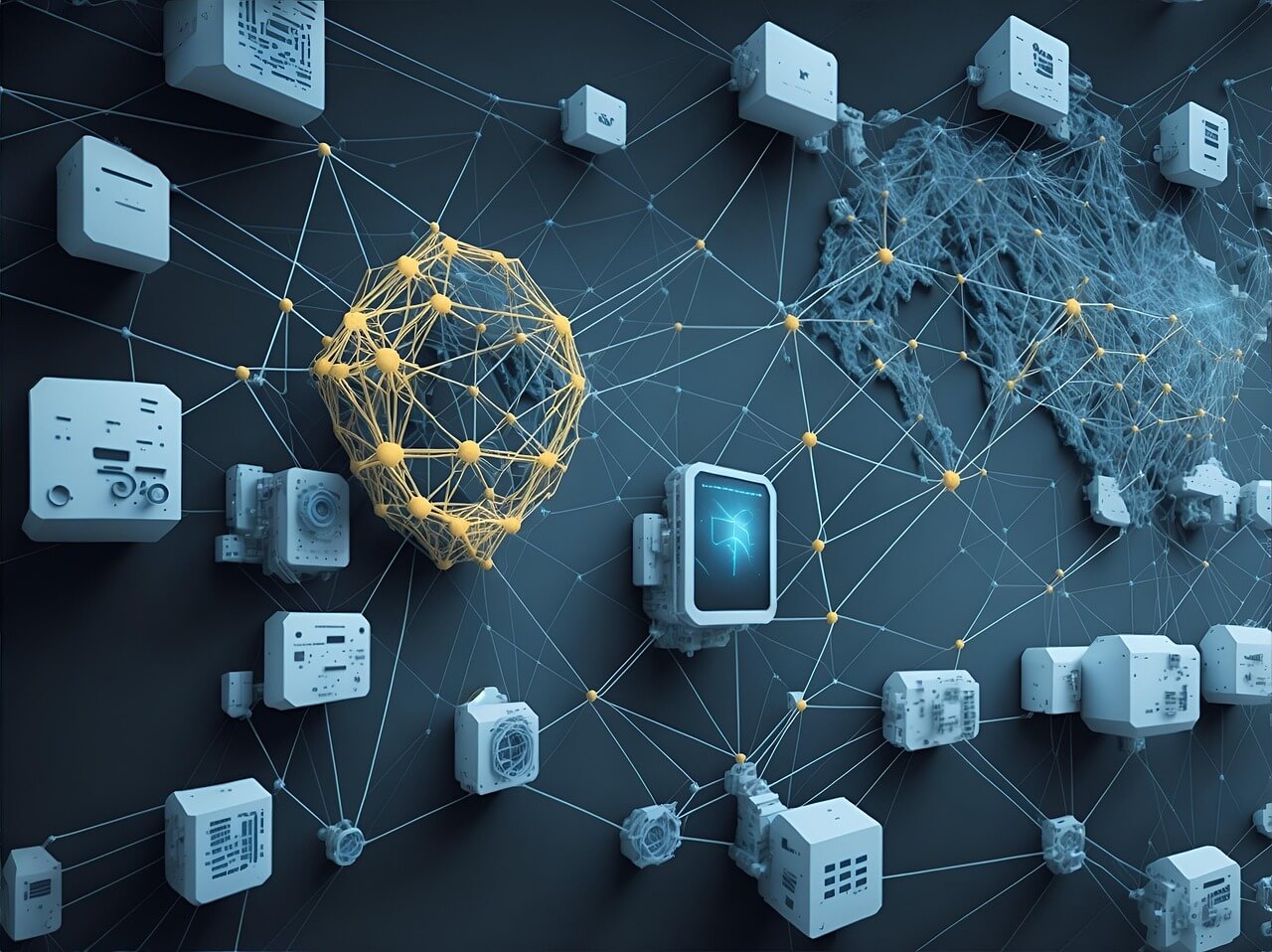Introduction
Picture this: We're living in a world where everything from your fridge to your fitness tracker is getting smarter, but the real magic is happening right inside those devices—no need to ping the cloud every time. That's where TinyML comes in. It's like giving tiny gadgets a brain of their own, running smart machine learning on super-small, low-power devices like microchips or sensors. Instead of sending data far away for analysis, the device figures things out on the spot.
In this blog, I'll break it all down in plain English: what TinyML really is, why it's a big deal (especially if you're tinkering with IoT gadgets or embedded systems like your own projects), how it actually works, cool real-world uses, the ups and downs, and how you can dive in. If you're building stuff like connected sensors or a mobile payment system, TinyML could supercharge your ideas.
1. What is TinyML?
TinyML is short for "Tiny Machine Learning." It's all about running smart algorithms—usually just the "thinking" part—on really small devices that don't have much power, memory, or storage. Think of those little microcontrollers in everyday gadgets.
Here's what makes it stand out:
- Local smarts: The device does the brainwork itself, no cloud needed.
- Super low power: These things can run on a tiny battery for months or even years, or grab energy from the sun or vibrations.
- Tiny size: Everything fits into just a few kilobytes of memory—perfect for cheap, basic chips.
- No internet required: It works offline, great for spots with bad signal.
- Quick reactions: Decisions happen in a flash, without waiting for data to travel back and forth.
The "Tiny" part? It's because the hardware is small (like a grain of rice) and the models are slimmed down to save space and energy.
TinyML is part of "Edge AI," where smarts happen close to where the action is. But TinyML takes it to the extreme—right on the tiniest devices, not fancy phones or servers.
2. Why TinyML Matters – The Reasons Behind It
For folks like you building IoT or embedded tech, TinyML isn't just cool tech—it's a fix for real-world headaches and opens up fresh ideas.
Here's why it's gaining traction:
- Speedy decisions: Need a gadget to react right away, like spotting a fall or a machine glitch? Cloud delays could mess that up, but local TinyML keeps it instant.
- Works anywhere: In the middle of nowhere, underground, or with flaky Wi-Fi? No problem—devices stay smart without a connection.
- Saves battery life: Sending tons of data to the cloud kills batteries. TinyML processes stuff locally, so you only send what's important, keeping things running longer.
- Cuts costs on data: Raw sensor info eats up bandwidth and money. With TinyML, send just the key insights.
- Keeps things private: Health data, camera feeds, or voice clips stay on the device—no sharing raw stuff means less risk of hacks or leaks.
- Easier to scale: Got a ton of devices, like smart meters in a city? TinyML lets them handle their own smarts, without overwhelming the cloud.
Fun fact: Over 90% of sensor data goes to waste right now. TinyML flips that by turning raw info into useful insights right at the source.
3. How TinyML Works – The Basics and Steps
Putting TinyML together involves picking the right gear, tweaking models to fit, and a smooth process to get it running. Let's walk through it like a friendly guide.
3.1 The Hardware Side
- Microcontrollers (MCUs): These are the heart—cheap, low-power chips like ARM's Cortex-M series. They handle basics without fancy operating systems.
- Boosters for speed: Some add special bits like neural processors to make the AI run faster without guzzling power.
- Sensors and extras: Pair the chip with stuff like motion detectors, mics, or temp sensors. Add Bluetooth or Wi-Fi if needed, but keep it optional.
- Power smarts: Everything's designed for tiny batteries or free energy sources, so it sips power like a pro.
3.2 Shrinking the Models
Big AI models won't fit on tiny devices, so we slim them down:
- Quantization: Swap fancy math for simpler numbers (like from decimals to whole numbers) to save space and speed.
- Pruning: Cut out unnecessary parts of the model, like trimming a bush.
- Knowledge sharing: Train a big model first, then teach a smaller one to copy it.
- Smart designs: Build models from scratch that are lightweight and efficient.
- Helper tools: Use libraries like TensorFlow Lite for Microcontrollers that are made for these constraints.
3.3 The Step-by-Step Process
- Gather data: Sensors grab info like sounds or vibrations.
- Train the model: Do the heavy lifting on a powerful computer or cloud with labeled examples.
- Tweak and convert: Shrink it down and make it ready for the tiny device.
- Load it up: Flash the model onto the gadget.
- Run the show: The device reads sensors, thinks, and acts—like turning on a light or alerting you.
- Share if needed: Only send summaries to the cloud, not everything.
- Keep it fresh: Update over the air when things change.
3.4 Tools to Help
The scene is buzzing:
- Platforms like Edge Impulse make building and deploying easy.
- Chip makers like Infineon offer ready-to-use kits.
- Communities and guides from ARM help you learn.
4. Where TinyML Shines – Real-World Uses
TinyML is popping up everywhere, making devices smarter in practical ways.
4.1 Wearables and Health
- Spot falls, weird heartbeats, or track workouts—all on a tiny battery, keeping your data private.
4.2 Factories and Maintenance
- Sensors catch machine vibrations or heat issues early, preventing breakdowns without waiting for the cloud.
4.3 Smart Homes
- Detect voices, gestures, or who's home—for lights, security, or assistants that respond fast and offline.
4.4 Farming and Nature
- Check soil, spot crop problems, or monitor weather in remote fields—no internet needed.
4.5 Cities and Cameras
- Traffic cams detect crowds or issues locally, without streaming endless video.
4.6 Everyday Gadgets
- Voice commands or hand waves for controls, keeping things responsive and secure.
5. The Good and the Tough Parts
Wins:
- Super fast responses.
- Your data stays safe on the device.
- Saves power for longer life.
- Less data flying around means cheaper bills.
- Works offline, anywhere.
- Easy to add to lots of devices without breaking the bank.
Challenges:
- Can't handle super complex AI—keep it simple.
- Tiny memory means constant watching of space.
- Different devices make testing tricky.
- Updating scattered gadgets is a hassle.
- Usually just "thinking," not learning new things on the fly (but that's improving).
6. Getting Started – Your Hands-On Guide
If you're into IoT or building stuff like payment devices, here's how to jump in:
- Pick a simple task: Like spotting a sound or motion.
- Grab hardware: Try boards like Arduino Nano or ESP32—they're affordable and capable.
- Collect data: Record sensor readings and label them.
- Train up: Use tools like TensorFlow on your computer.
- Slim it down: Optimize for the device.
- Install and test: Load it, run checks on speed and power.
- Tweak and watch: Monitor how it performs over time.
- Blend it in: Hook it to your bigger setup, like sending alerts.
Pro tips:
- Start small to avoid overwhelm.
- Watch memory like a hawk.
- Pre-process data to lighten the load.
- Use sleep modes to save energy.
- Balance accuracy with size—don't over-shrink.
- Plan for updates from day one.
7. How This Fits Your Projects
For your work on IoT platforms, POS systems, or sites like IoTBeats:
- Add smarts to POS for spotting fraud or gestures, no cloud dependency.
- Show off edge intelligence in your branding—clients love reliable, offline tech.
- In spots with iffy internet (like parts of India), it keeps things running smooth.
8. What's Coming Next
TinyML is just getting started:
- Chips with built-in AI boosts.
- Better ways to shrink models.
- Devices that learn on their own.
- Easier tools for everyone.
- Layered setups: tiny devices + gateways + cloud.
- Billions more sensors in cities, farms, and wearables.
9. Wrapping Up
TinyML is turning ordinary gadgets into smart ones, right at the edge. It brings quick thinking, independence, privacy, and efficiency to your projects. If you're into connected tech, it's not a "maybe"—it's your next step. Try a small experiment, and watch your devices level up!




